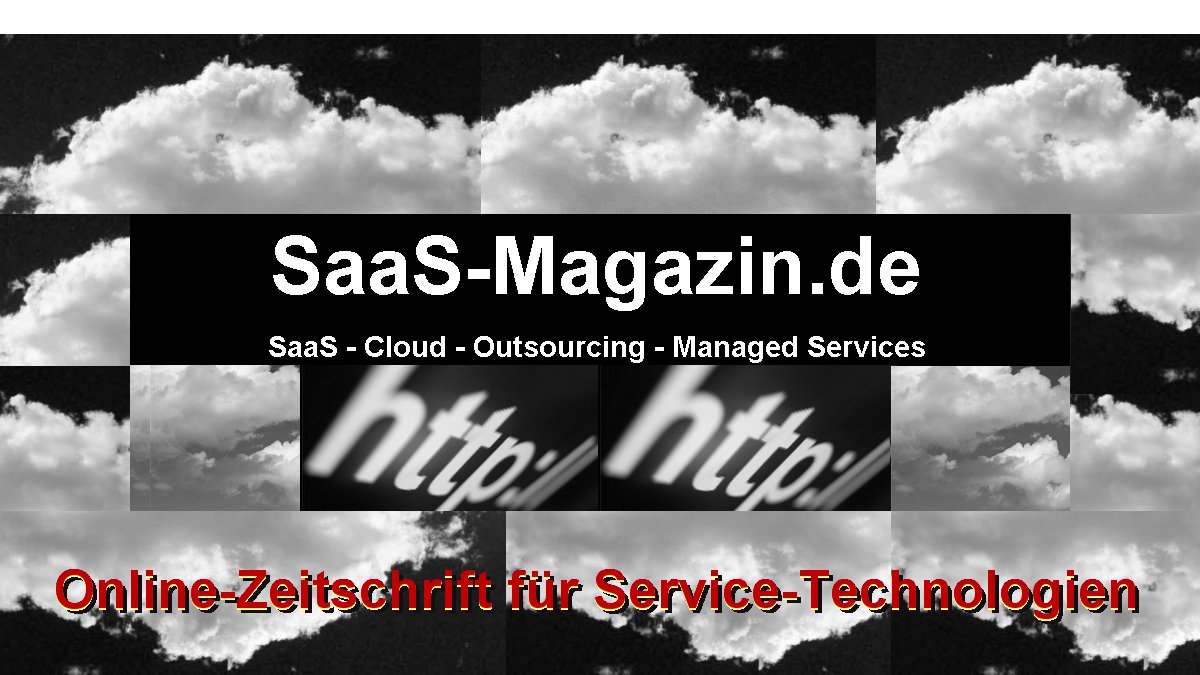
Verlagerung auf Cloud-basierte Alternativen
Gartner: 28 Prozent der Ausgaben in den Schlüsselbereichen der IT verlagern sich bis 2022 in die Cloud
Analysten diskutieren aktuelle Cloud Computing-Trends auf dem "Gartner Symposium/ITxpo" vom 4. bis 8. November 2018 in Barcelona
Laut dem Research- und Beratungsunternehmen Gartner werden bis 2022 28 Prozent der Ausgaben in den wichtigsten IT-Märkten für Unternehmen in die Cloud verlagert, gegenüber 19 Prozent im Jahr 2018. Das Wachstum der IT-Ausgaben für Cloud-basierte Angebote in Unternehmen wird dabei schneller sein als das Wachstum traditioneller, nicht Cloud-basierter IT-Angebote. Doch trotz dieses Wachstums werden traditionelle Angebote im Jahr 2022 noch 72 Prozent des adressierbaren Umsatzes für Enterprise IT-Märkte ausmachen, so eine aktuelle Prognose von Gartner.
"Die Verlagerung der IT-Ausgaben von Unternehmen auf neue, Cloud-basierte Alternativen ist unaufhaltsam, und das obwohl sie sich aufgrund der Beschaffenheit der traditionellen Unternehmens-IT über viele Jahre zieht", betont Michael Warrilow, Research Vice President bei Gartner. "Der Cloud-Shift unterstreicht die Attraktivität von mehr Flexibilität und Agilität, die als Vorteil von On-Demand-Kapazität und Pay-as-you-go-Preisen in der Cloud wahrgenommen wird."
Gartner Says 28 Per Cent of Spending in Key IT Segments Will Shift to the Cloud by 2022
Analysts to Explore Cloud Trends at the Gartner Symposium/ITxpo, 4-8 November 2018 in Barcelona, Spain
Twenty-eight per cent of spending within key enterprise IT markets will shift to the cloud by 2022, up from 19 per cent in 2018, according to Gartner, Inc. Growth in enterprise IT spending on cloud-based offerings will be faster than growth in traditional, non-cloud IT offerings. Despite this growth, traditional offerings will still constitute 72 per cent of the addressable revenue for enterprise IT markets in 2022, according to Gartner forecasts.
"The shift of enterprise IT spending to new, cloud-based alternatives is relentless, although it’s occurring over the course of many years due to the nature of traditional enterprise IT,” said Michael Warrilow, research vice president at Gartner. "Cloud shift highlights the appeal of greater flexibility and agility, which is perceived as a benefit of on-demand capacity and pay-as-you-go pricing in cloud.”
More than $1.3 trillion in IT spending will be directly or indirectly affected by the shift to cloud by 2022, according to Gartner (see Table 1). Providers that are able to capture this growth will drive long-term success through the next decade.
Gartner recommends that technology providers use cloud shift as a measure of market opportunity. They should assess growth rates and addressable market size opportunities in each of the four cloud shift categories: system infrastructure, infrastructure software, application software and business process outsourcing.
The largest cloud shift prior to 2018 occurred in application software, particularly driven by customer relationship management (CRM), according to Gartner. CRM has already reached a tipping point where a higher proportion of spend occurs in cloud than in traditional software. This trend will continue and expand to cover additional application software segments, including office suites, content services and collaboration services, through to the end of 2022. Application software will retain the highest percentage of cloud shift during this period.
By 2022, almost one-half of the addressable revenue will be in system infrastructure and infrastructure software, according to Gartner. System infrastructure will be the market segment that will shift the fastest between now and 2022 as current assets reach renewal status. Moreover, it currently represents the market with the least amount of cloud shift. This is due to prior investments in data centre hardware, virtualisation and data centre operating system software and IT services, which are often considered costly and inflexible.
"The shift to cloud until the end of 2022 represents a critical period for traditional infrastructure providers, as competitors benefit from increasing cloud-driven disruption and spending triggers based on infrastructure asset expiration,” said Mr Warrilow. "As cloud becomes increasingly mainstream, it will influence even greater portions of enterprise IT decisions, particularly in system infrastructure as increasing tension becomes apparent between on- and off-premises solutions."
(Gartner: ra)
eingetragen: 28.09.18
Newsletterlauf: 22.10.18
Gartner: Kontakt und Steckbrief

Der Informationsanbieter hat seinen Kontakt leider noch nicht freigeschaltet.